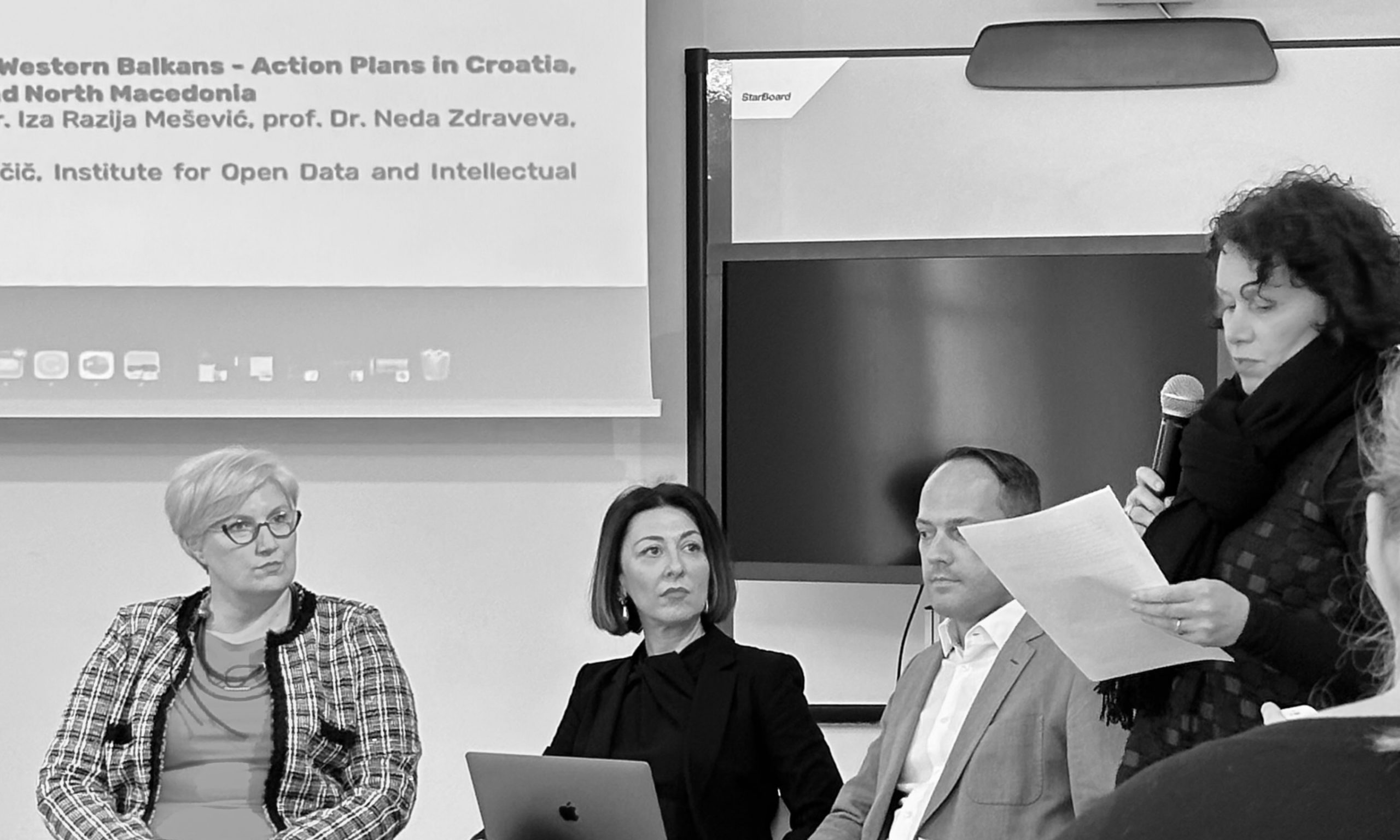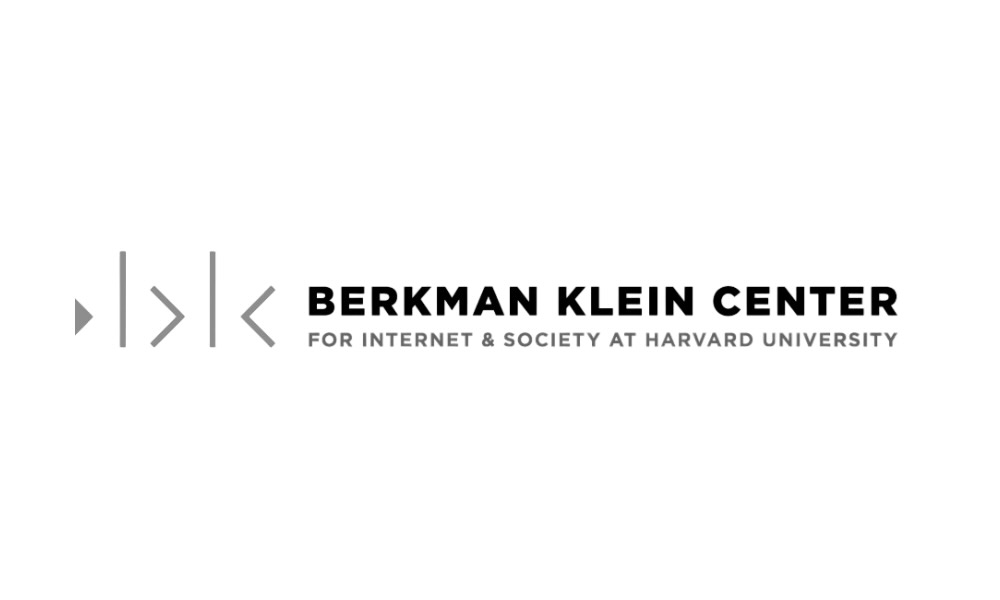Protection of Chinese geographical indications in EU et vice versa
The European Union and China have recently negotiated a bilateral agreement that will ensure the protection of 100 Chinese geographical indications in the EU and 100 European GIs in China. This agreement is of major importance in light of the fact that China is the second largest exporter of EU agricultural products market with GIs.
Amongst notorious GIs such as Champagne, Feta cheese and Prosciutto di Parma, wines from the Vipava valley (“Vipavska dolina”) can also be found on the list of European appellations. Although Slovenia has many other indications worth of international protection, such as Carniolian sausage (“kranjska klobasa”) and Bovec cheese (“bovški sir”), the named wines have, according to the Ministry of Agriculture, the greatest export potential. Other Slovenian product could find its way on the list expanding the protection in China to additional 175 products. This list is said to be negotiated 4 years after the entry into force of the agreement.
Geographical indications (GIs) are appellations that communicate the origin of the goods to participants on the market. Because of the quality that is associated with the origin, the consumers are willing to pay more for such products. Similarly to trademarks, geographical indications are industrial property rights designed to protect consumers from being deceived as well as producers from free-riding.
The Grand Board of the European Union Intellectual Property Office (EUIPO) finally ruled that the figurative sign ‘COVIDIOT’ cannot be registered as an EU trademark.
The 4th Open Knowledge Day took place on Tuesday 17 October 2023, with an accompanying workshop on 18 October 2023. This year it was organised by the Open Data and Intellectual Property Institute (ODIPI) and supported by Knowledge Rights 21 (KR21).
We invite you to the fourth Open Knowledge Day and the workshop, which will take place this year within the framework of the programme and with the support of Knowledge Rights 21. The event will bring together experts from different European countries to discuss two topics: the first part will deal with the legal basis for data analytics, which is a key part of machine learning and related artificial intelligence, and the general exception for research. In the second part, open science in theory and practice will be presented both in Slovenia and in some Western Balkan countries. Representatives of research and educational institutions from Slovenia and the Western Balkan countries, as well as interested members of the public, are invited to attend.
Dr. Maja Bogataj Jančič, a renowned expert in copyright law, has joined the Berkman Klein Center for Internet & Society at Harvard University, where she will serve as an affiliate researcher for the next two years.





